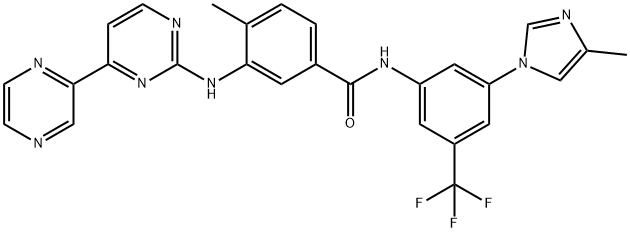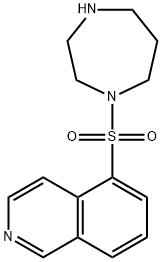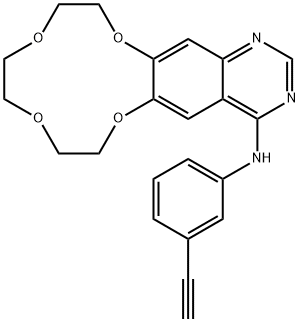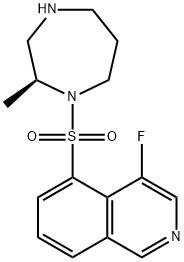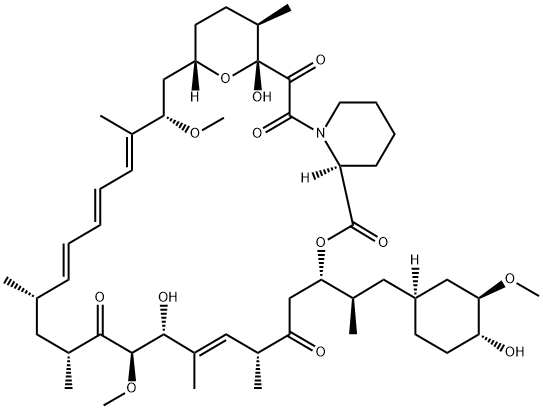Radotinib(IY-5511) , ≥98% , 926037-48-1
| Pack Size | Price | Stock | Quantity |
| 5mg | RMB551.20 | In Stock |
|
| others | Enquire |
PRODUCT Properties
| Density | 1.40±0.1 g/cm3(Predicted) |
| storage temp. | Store at -20°C |
| solubility | ≥26.55 mg/mL in DMSO; insoluble in EtOH; insoluble in H2O |
| form | solid |
| pka | 12.94±0.70(Predicted) |
| color | Light yellow to yellow |
Description and Uses
Radotinib, an inhibitor of Bcr–Abl tyrosine kinase,was approved in January 2012 in Korea as a second-line treatment for chronic myeloid leukemia (CML). Radotinib is a TKI with a similar structure to the second-generation TKI, nilotinib, in which a pyridyl group has been replaced with a pyrazinemoiety. The in vitro activity of radotinib against a variety of tumor cell lines is disclosed in an issued patent. Radotinib was significantly more potent than imatinib in all of the cell lines tested. The synthesis of radotinib via amide coupling is described in the patent literature.
Radotinib is tyrosine kinase inhibitor. In a biological study, it can induce cytotoxicity in c-KIT-positive malignancies including acute myeloid leukemia and small cell lung cancer in human making it potential target agent for treatment of such malignancies. It is a COVID19-related research product.
Safety
| Symbol(GHS) |    GHS05,GHS07,GHS08 |
| Signal word | Danger |
| Hazard statements | H302-H315-H318-H334-H317-H341-H361-H370-H335-H413 |
| Precautionary statements | P201-P202-P260-P264-P270-P272-P273-P280-P284-P301+P312-P302+P352-P304+P341-P305+P351+P338-P310-P308+P313-P321-P330-P362+P364-P333+P313-P342+P311-P363-P405-P501 |

